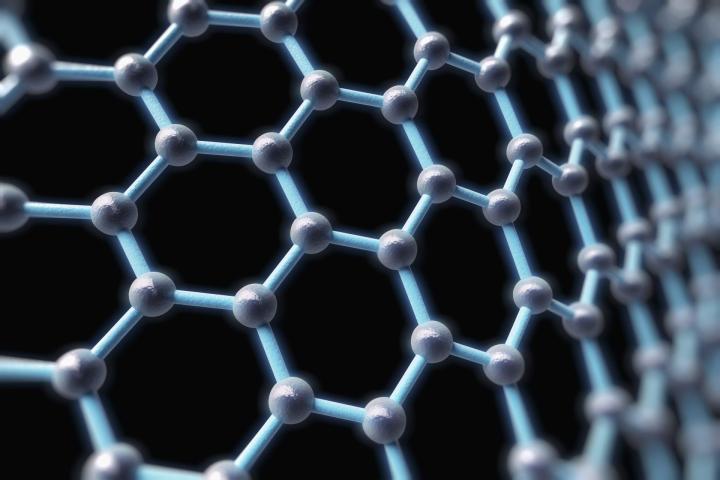
The only problem? It’s notoriously difficult to manufacture in large quantities. Scientists have developed a number of different lab production techniques, ranging from the incredibly complex to the unbelievably simple, but despite all the research going on in this area, nobody has really devised a viable way to mass produce graphene — until now.
Detailed in a recently-published study in Scientific Reports, a team of researchers from MIT and the University of Michigan have cooked up a new method for continuous production of graphene — a process that could finally bring the exotic material out of the lab and into all the high-flying commercial applications we’ve been dreaming about for the past few years.
The new technique is essentially a more refined version of a widely used lab synthesis method known as chemical vapor deposition (CVD). In a nutshell, CVD involves (in the case of graphene) pumping carbon-laden vapor into a vacuum chamber, where it reacts with a substrate (usually a sheet of copper foil) and forms a thin film. The new system utilizes a very similar vapor chemistry — but instead of depositing the carbon onto a static sheet, it deposits it onto a copper ribbon, which is perpetually spooled through the chamber.
It’s a bit more complex than that, but essentially, the pioneering new technique makes it possible to create a continuous, unbroken ribbon of graphene. Because the process is continuous, it eliminates the need to stop and start the machine to permit graphene sheets to be unloaded, as is currently required by today’s batch manufacturing processes. This is a big development, as it could lead to a significant scale-up of graphene production, and finally make the material cheaper and more widely available.
The technique is still in its infancy, and the graphene it produces isn’t quite perfect, but the team is already working on ways to improve both quality and production speed. Once they’ve worked out all the kinks in the process, the next step will be to push the limits and make the process even faster.
Editors' Recommendations
- Researchers have found a new way to spot the latest deepfakes
- Huawei rumored to be developing graphene battery tech for the P40 Pro
- Bacteria could help mass-produce wonder material graphene at scale




